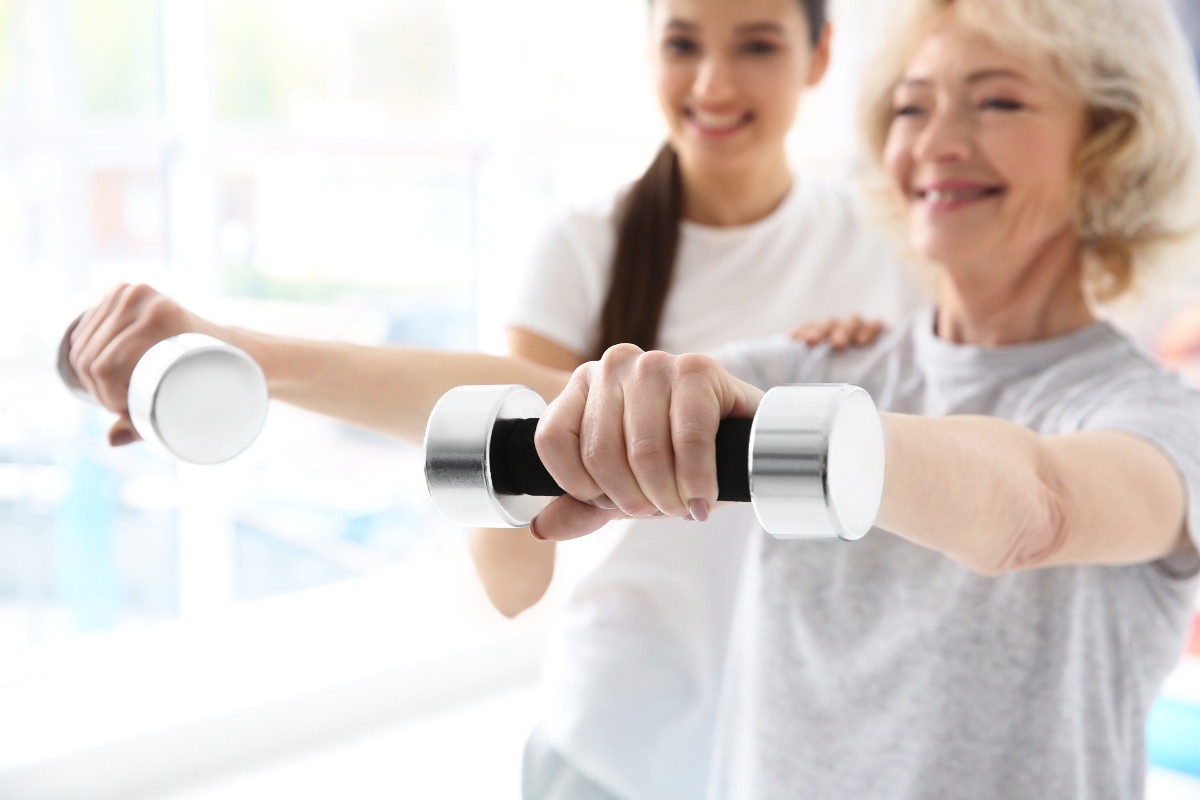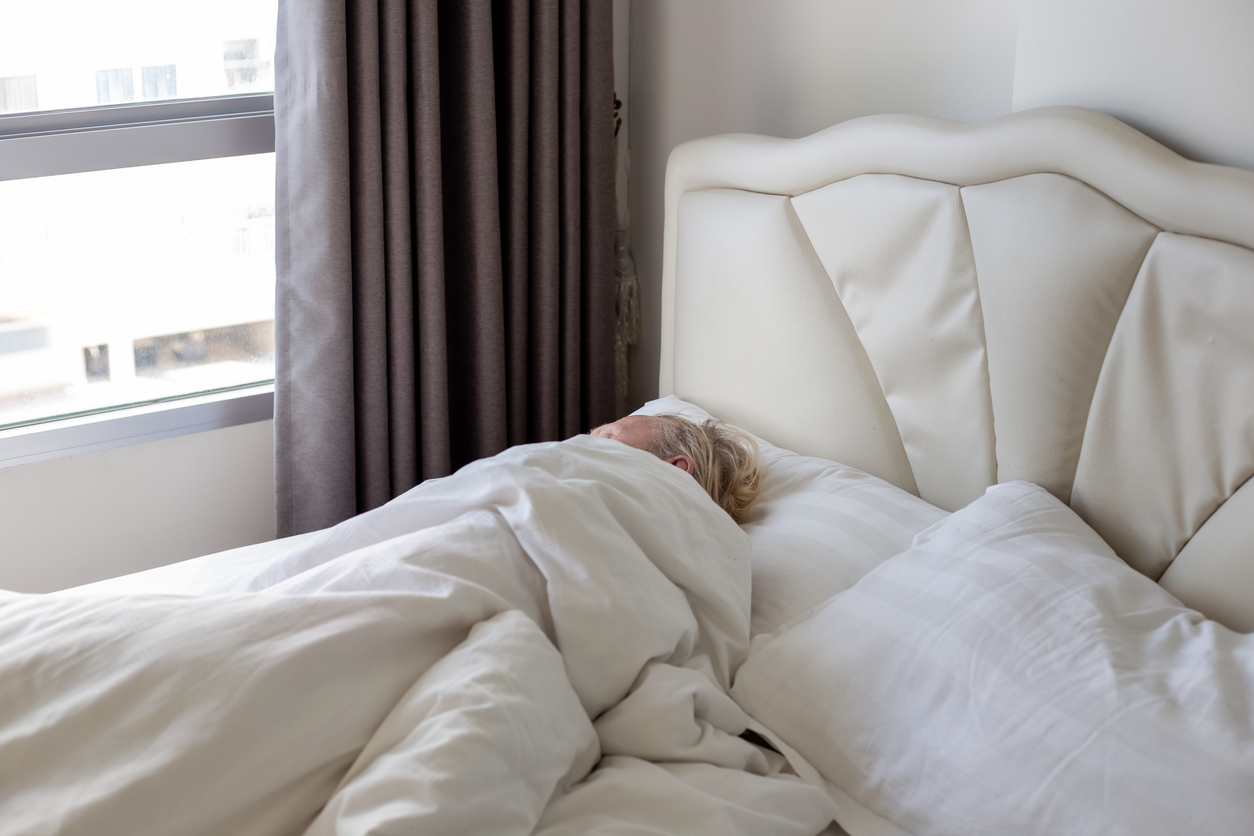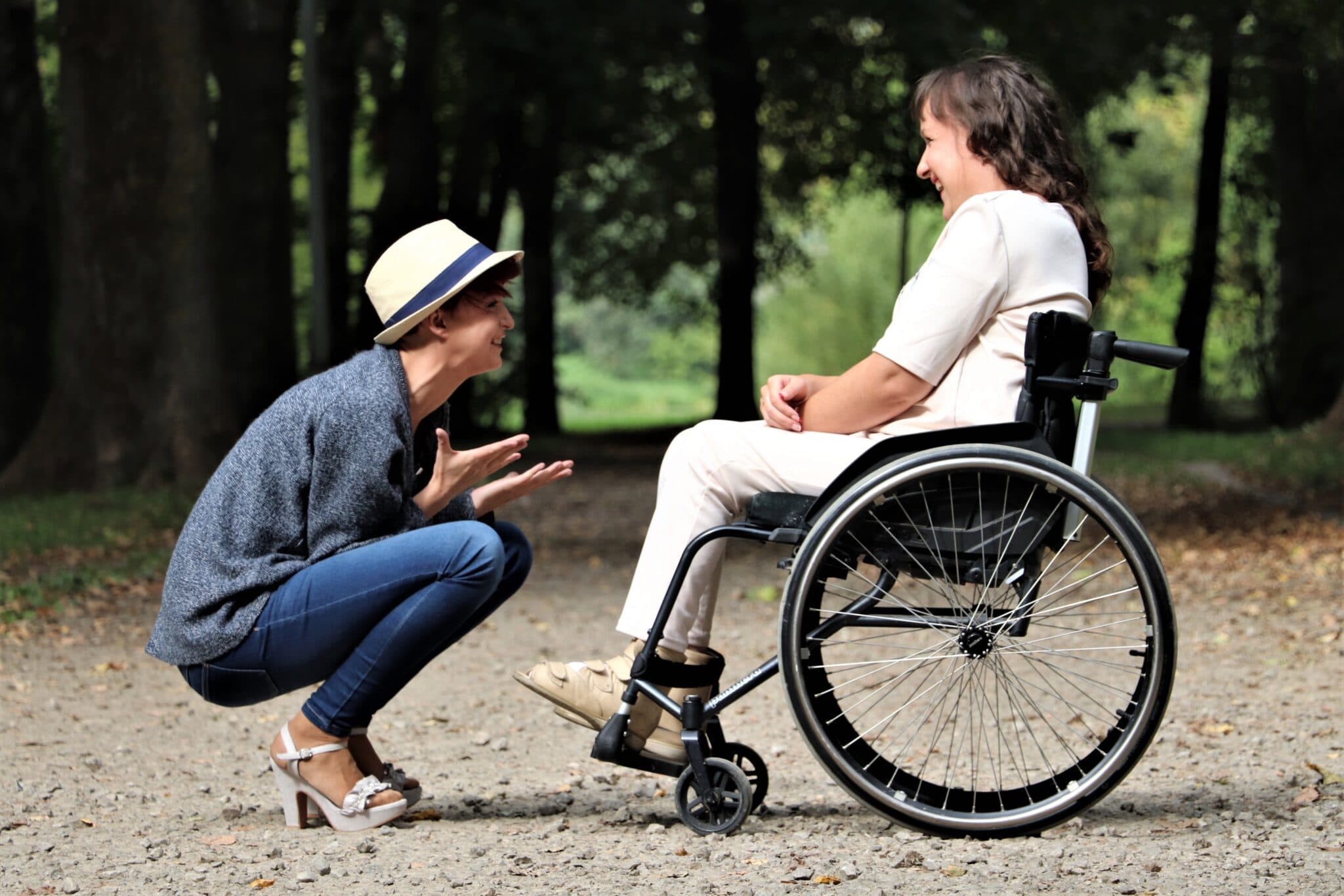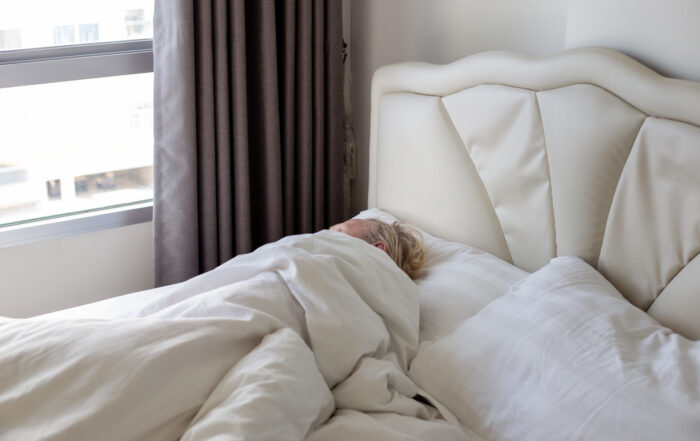Osteoporosis: How to Live Well When Bones Lose Strength
Social Links
Be conscious of what you eat, proactive with exercise, and mindful of posture, suggests Dr Rob Hicks.
It’s natural to become concerned about our body health as we age. Let’s face it, none of us feels as supple today as we did in our twenties! It may surprise you to learn that we actually start to lose bone density from around our thirties.
Unfortunately, some people do develop osteoporosis, which means they lose bone density faster than normal. Osteoporosis is a health condition where our bones lose strength, which makes them more fragile and at greater risk of breaking. It develops slowly over several years and is often not diagnosed until a fall, or just a minor injury, causes a bone to break.
Osteoporosis is common – around 50% of women and 20% of men over the age of 50 years old will break a bone because of osteoporosis. More women than men develop it due to hormonal changes around menopause that affect bone mineral density.
The good news is that more – and better – osteoporosis treatments are available than ever before. These aim to keep bones strong and reduce the risk of a break. Of course, not everybody with osteoporosis will break a bone. And if you do break a bone, ongoing pain is not inevitable.
Whether or not you experience pain and other symptoms of osteoporosis – or if you just have concerns about your bone health – there are factors you can look at within your daily living that can enhance your quality of life.
How to manage osteoporosis
Diet and osteoporosis
We know that calcium is very important when it comes to our bones. Adults need 700mg calcium a day, which you should be able to get from what you eat and drink. Choose plenty of dairy products, leafy green vegetables, almonds, pulses and dried fruit.
Vitamin D helps the body absorb calcium so it is vital too. Our bodies make vitamin D from sunlight exposure but we can get it from food sources as well. Oily fish, egg yolks and red meat all contain vitamin D. Consider taking a supplement – containing 10 micrograms of vitamin D – particularly during autumn and winter months, or if you don’t spend much time outside.
Exercise for osteoporosis
Gone are the days when advice following an osteoporosis diagnosis was to take it easy. Thanks to progressive research we now know that in the event of finding out you have osteoporosis, or risk factors for it, you should take more exercise. Plus compelling evidence now shows that exercise reduces the number of falls older people have. A team of physiotherapists and posture experts have put together helpful videos and fact sheets of exercises for osteoporosis.
Posture and osteoporosis
Exercise helps when it comes to posture too. Posture-improving exercises have been devised by the Royal Osteoporosis Society, which can be done standing or seated. In general, be aware of how you hold yourself, whether standing, sitting or lying down, or pushing, pulling and lifting. Good posture promotes spine health, decreases strain on joints, tendons and muscles, and improves balance.
In terms of best sitting positions for osteoporosis, the National Osteoporosis Foundation in the US has the following suggestions:
- Avoid a slumped, head-forward posture.
- Keep your hips and knees at the same level. Place your feet flat on the floor. Your lower back should have a natural inward curve and your upper back be tall and upright.
- If sitting in a traditional sofa or static chair, use a rolled-up towel or pillow to support your lower back.
- Use a footstool or footrest when seated for long periods of time.
- When reading, do not be tempted to lean or slump. Instead, set your reading material on a desk, table or on pillows on your lap.
- When standing up from a chair, move your hips to the front of the chair and use your leg muscles to lift yourself up.
Specialist chairs for osteoporosis
A rise and recline chair may be a useful way to encourage yourself to sit with good posture, encouraging the best sitting position for osteoporosis. Rise and recline chairs for osteoporosis can support your lower back and – at the touch of a button – allow you to put your feet up without a footstool, get comfortable when reading, and even stand up. If you opt for a bespoke rise and recline chair for osteoporosis you can have the seat height, depth and width made to fit your precise measurements.
Plus if you have been affected by a spinal fracture, the Royal Osteoporosis Society highlights that:
“Some people find relief from pain by using reclining chairs with a high back and lumbar support.
“A reclining armchair may be useful to sleep in at night occasionally if you are unable to settle in bed. If you need to sleep in your chair regularly you can also get chair beds which allow you to recline to a fully horizontal position. Chairs which have electric controls rather than a handle to press may be easier to manage and may prove beneficial if you spend a lot of time in an armchair, or if you find it difficult to get in and out of your chair. As well as being a typical recliner, the whole chair can also slowly rise up from the sitting position so you can stand.
“A tilt in space chair may be an investment worth considering for some. This type of chair allows the seat and back rest to remain at the normal sitting angle whilst the entire chair tilts backwards, rather than into a reclined position. This type of chair will also tilt forwards to allow you to get on and off the chair more easily. A tilt-in-space chair may be an option if you tend to slide forward in a chair if only the backrest reclines. It provides a reclined resting position which maintains head and upper body support.”
If getting in and out of bed is difficult too, rise and recline beds for osteoporosis can be helpful. Adjustable beds allow you to lie at a relined angle and/or elevate your legs, just by pressing a button. Some even have a rotating mechanism that helps people stand up. As with rise and recline chairs, adjustable beds for osteoporosis can be made to measure, so you can choose a height, width and length that suits you best.
Remember that occupational therapists are available to talk through daily living aids, adjustable beds and the best reclining chairs for osteoporosis.
If you decide to upgrade to a rise and recline chair or reclining bed for osteoporosis, make sure you engage with a company that is passionate about developing mobility furniture and solving real challenges.
Diagnosed with osteoporosis or concerned about your bone health? Stay positive with a good diet, the right exercises, and a focus on posture.
Further information
For more information about rise and recline chairs, adjustable beds and homecare beds download the brochure from The Mobility Furniture Company or tel 0808 2651372 for further information.
*This website contains general medical information. The medical information is not advice and should not be treated as such. Read our full Medical Disclaimer here.



